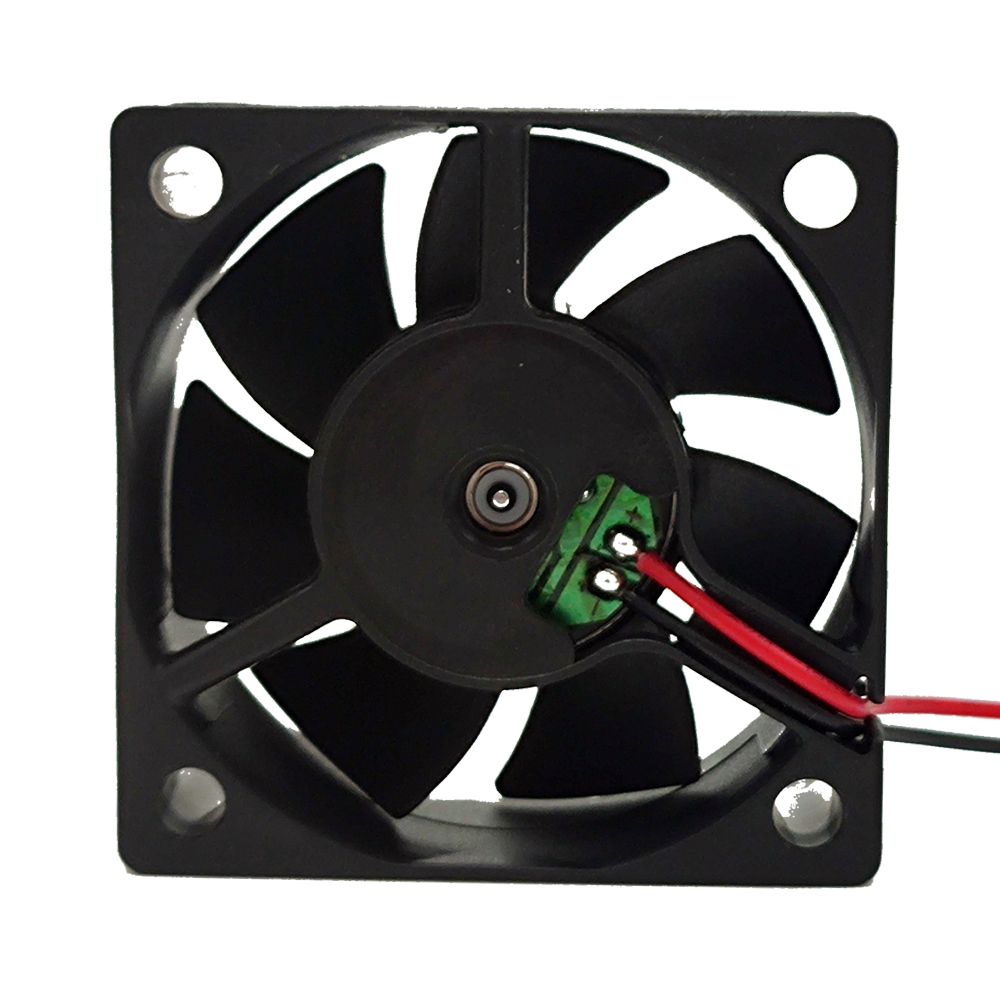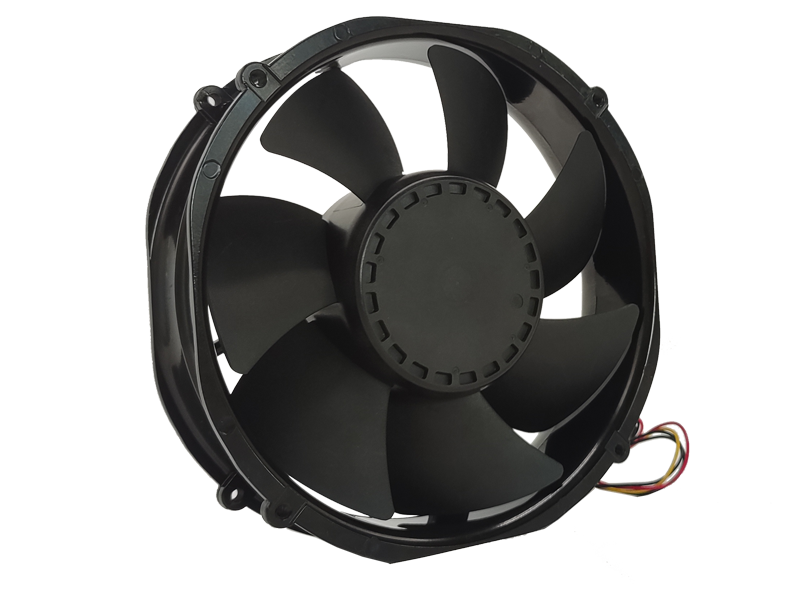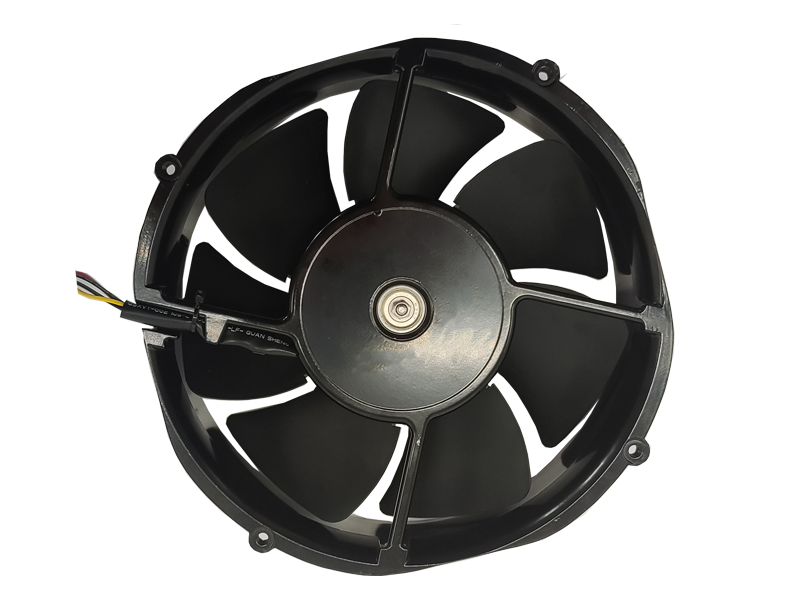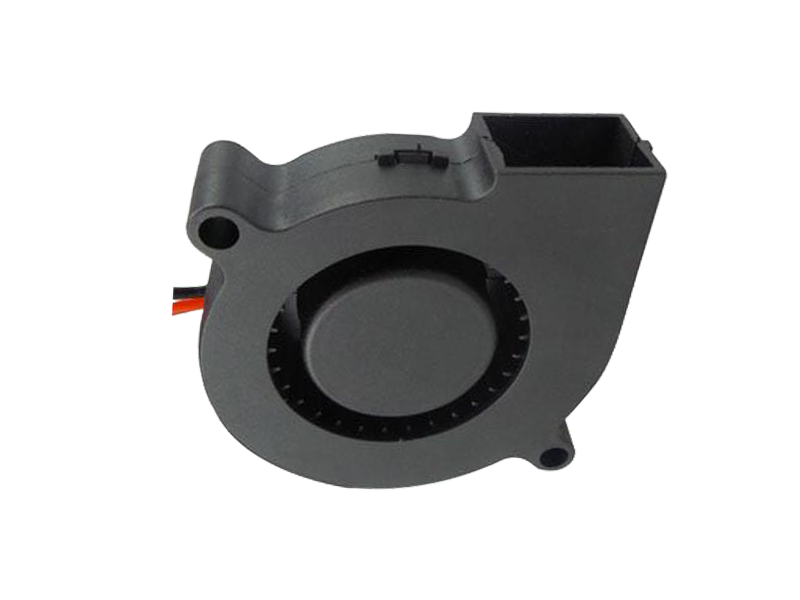When it comes to selecting the right industrial fan for a specific application, the decision is not as simple as choosing a fan that provides the highest airflow. Industrial fans vary significantly in terms of design, functionality, and performance, and choosing the wrong fan for your facility can lead to inefficiency, higher energy costs, and poor air quality. In this article, we’ll explore the key considerations that businesses must take into account when selecting industrial fans, ensuring that they make the best choice for their unique needs.
Understanding the Different Types of Industrial Fans
Before delving into the selection process, it’s essential to understand the various types of industrial fans available on the market. Each fan type serves a different purpose, and selecting the wrong one for your application can result in poor performance.
Axial Fans
Axial fans are the most commonly used type of industrial fan. These fans move air along the axis of the fan blades, similar to how a propeller works. They are ideal for applications that require high-volume airflow over short distances, such as in large spaces or for general ventilation purposes. Axial fans are commonly used in warehouses, factories, and air conditioning systems.
Centrifugal Fans
Centrifugal fans, also known as blowers, are more suitable for high-pressure applications. These fans move air at right angles to the incoming air flow, creating a centrifugal force that directs the air outward. Centrifugal fans are often used in systems that require high pressure, such as HVAC systems, dust collection units, and exhaust systems.
Inline Fans
Inline fans are compact fans designed to fit within ductwork, providing consistent airflow along the length of the duct. They are commonly used in applications such as fume extraction, ventilation, and air conditioning, where space is limited or when the fan needs to be integrated into existing systems.
Key Considerations for Selecting the Right Industrial Fan
Airflow Requirements
One of the first considerations when choosing an industrial fan is the required airflow, often measured in cubic feet per minute (CFM). The size of the space, the type of equipment, and the nature of the operation all determine how much airflow is needed. Oversized fans can waste energy, while undersized fans can fail to meet cooling or ventilation needs. To determine the appropriate airflow, you must calculate the room size and the specific cooling or ventilation requirements for your facility.
Pressure Requirements
In certain applications, such as those involving ductwork or systems with high resistance, the fan must be able to generate the required pressure. Centrifugal fans are typically used in applications where higher pressures are needed, while axial fans are better suited to low-pressure environments. Understanding the pressure requirements of your system will ensure that you select a fan with the appropriate performance specifications.
Energy Efficiency
The energy consumption of industrial fans is a key factor in their selection. Fans that run continuously can significantly increase operating costs. To reduce energy expenses, it’s important to choose a fan with high energy efficiency ratings. Modern fans with EC motors and variable frequency drives (VFDs) offer excellent energy efficiency by adjusting the fan speed based on real-time requirements, reducing energy consumption and operating costs.
Noise Levels

Noise is a common issue with industrial fans, especially in large or enclosed spaces. Excessive noise can disrupt the working environment and affect worker productivity. When selecting an industrial fan, consider the noise levels associated with different types of fans. Many manufacturers now offer low-noise or quiet fan models designed specifically for noise-sensitive applications.
Durability and Maintenance
Industrial fans are exposed to harsh operating conditions, including high temperatures, dust, and moisture. The fan's construction material and design will affect its durability and lifespan. Look for fans that are built to withstand these conditions, with components made from corrosion-resistant materials like stainless steel or coated alloys. Additionally, consider the fan’s maintenance requirements and whether it is easy to clean, lubricate, and service.
Safety Features
Industrial fans should be equipped with safety features to protect workers from potential hazards, such as moving parts or electrical failures. Some fans come with built-in protective guards or emergency shut-off switches. Ensure that the fan you select complies with safety regulations in your region and meets the necessary safety standards.
Conclusion
Choosing the right industrial fan is crucial to ensuring that your facility operates efficiently and safely. By considering factors such as airflow requirements, pressure needs, energy efficiency, noise levels, durability, and safety features, you can make an informed decision that will result in better performance and cost savings. Industrial fans play an essential role in maintaining air quality, cooling equipment, and enhancing worker comfort, and selecting the right product is an investment in the long-term success of your operation.
Recommended Products

The main purpose:Car charging station

The main purpose:Car charging station

The main purpose:Electronic refrigerators, water dispensers, direct drinking machines, inverter power supplies
Address:No. 4137, Longgang Avenue (Henggang Section), Henggang Community, Henggang Street, Longgang District, Shenzhen
hotline:13530005572(Chen)15112579390(Li)


Welcome all friends to come for consultation and negotiation.
Copyright 2024 @ Shenzhen Youneng Xinyuan Electronics Co., Ltd.,(industrial fans,industrial blowers,axial fans,cooling fans manufacturer,centrifugal fans,ac cooling fans,dc cooling fans)